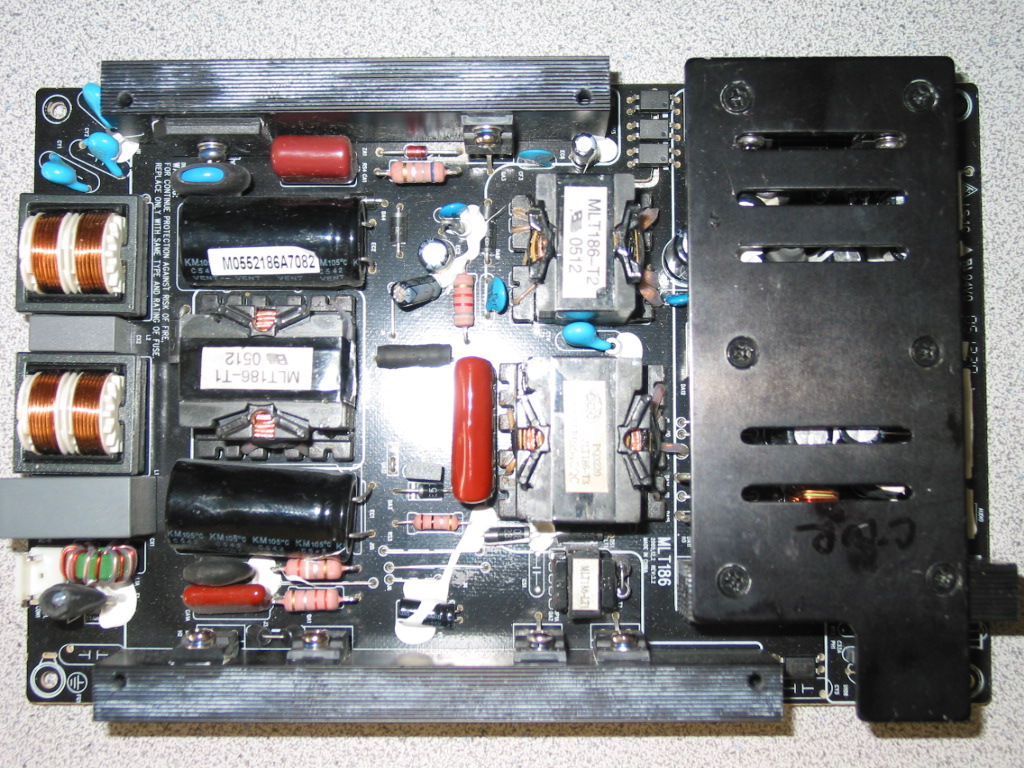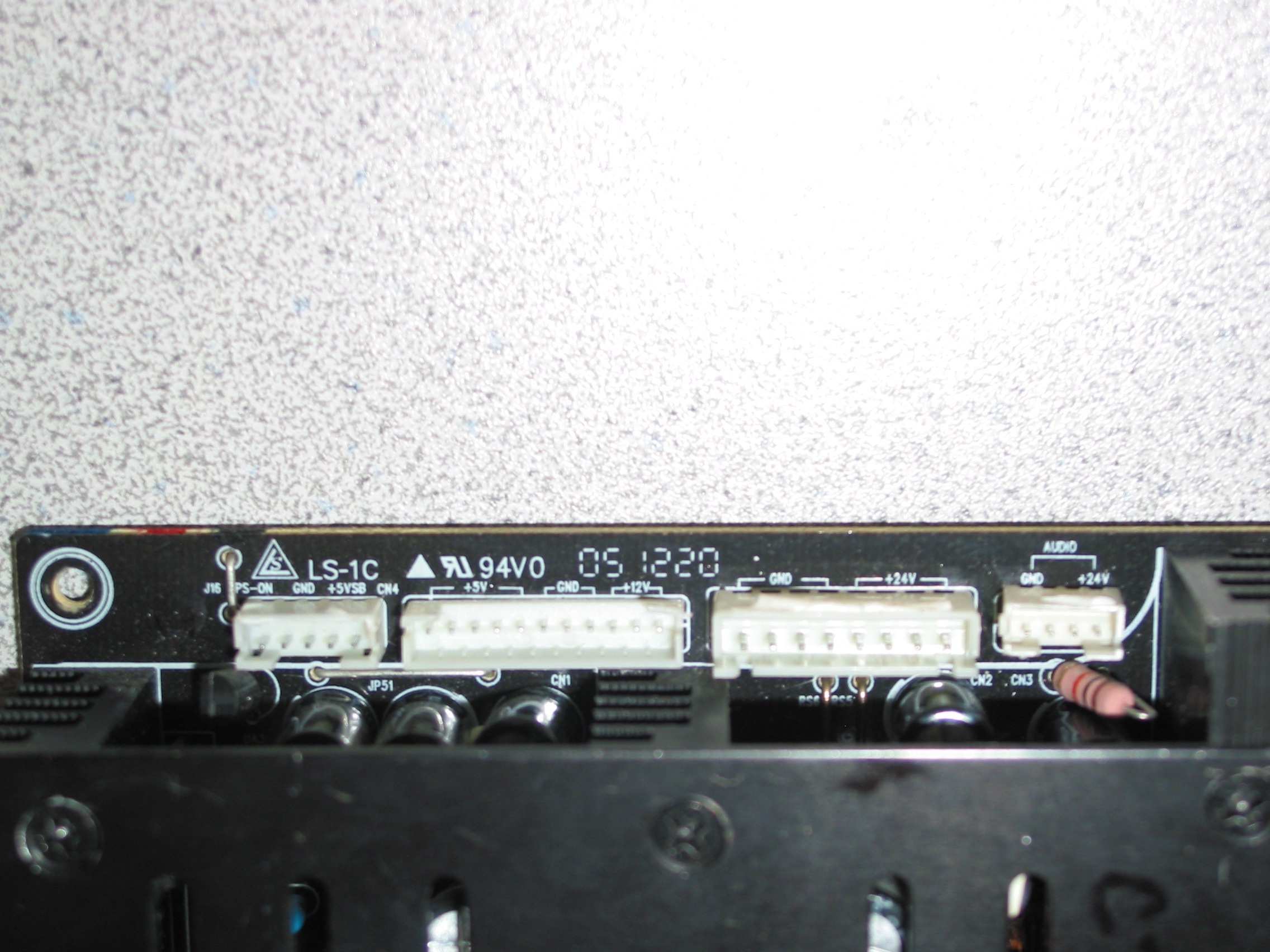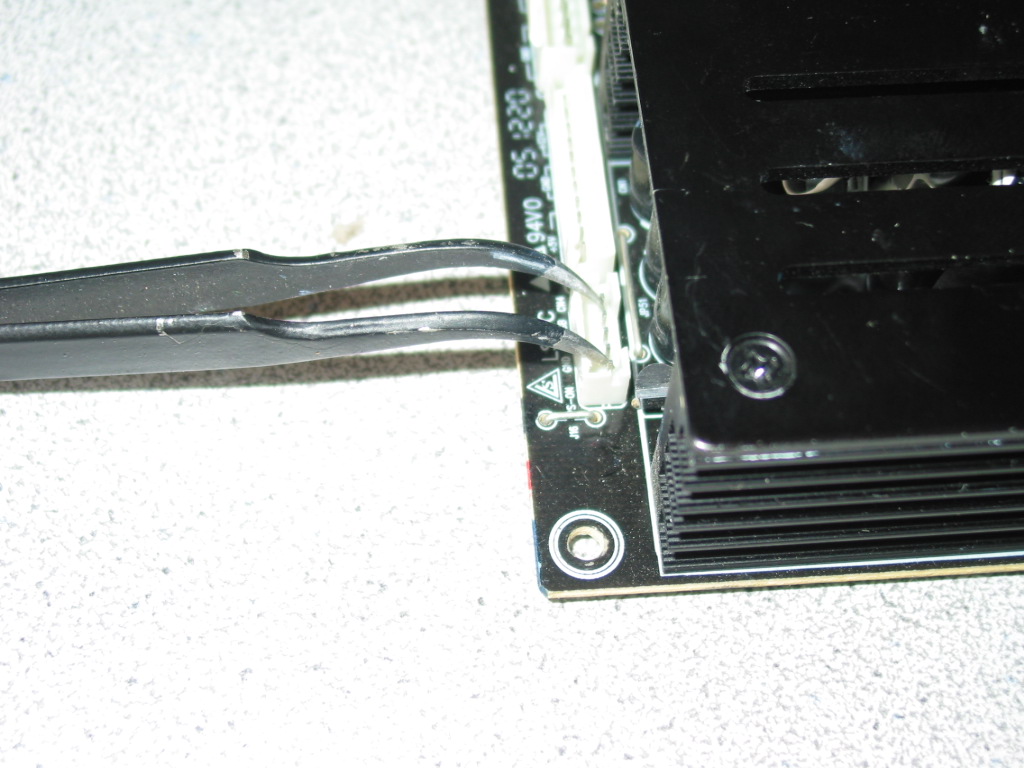This is an exact quote from our site's referral logs. In other words, someone landed at coppelltvrepair,com asking Google this exact question (which reminds me: thank you Google!).
I've been asking myself a similar question for some time now, so I'll offer my take on it here.
Mind you, I do not do service calls. Nobody here at Coppell TV Repair does and I doubt anyone will do, at least in foreseeable future.
Unless you are either filthy rich or somehow handicapped I think the answer is "Probably too high to justify doing it."
No offense meant and here is my reasoning:
1) TV prices have dropped significantly
This puts a limit on the practically reasonable cost a repair technician can ask for the service.
You have to understand, of course, that the price being asked is practically never "fair" to start with; it is just the highest the technician thinks he can pull out.
I am not judging, I am barely observing.
You want capitalism, remember?
Well that's capitalism at work.
From what I've seen most field's technicians prices are not determined by projections , yearly plans or anything like that.
They are simply and dynamically adjusted based on market conditions, usually in the form of "replacement part cost times two". If that doesn't work a few times the correction factor is decreased, if it works well it is usually increased for the next customer until it stops working.
Of course that also means that field workers can often pull out completely insane numbers and charge $300 for repairing a 42'' plasma from 2005 when one can buy a working one for $250 on Craigslist or , for merely $50 or $100 more, a brand new one at WalMart.
Frankly, I think this is the second biggest reason why there are still any field TV repair technicians (the first being the filthy rich and the handicapped people - remember?).
Yet the combined effect of decreasing TV prices and economy depression makes more people realize how impractical it is to pay 60% to 120% of the cost of a brand new TV to repair your old one.
2) Televisions have gotten lighter and easier to transport
The most popular models - at least from what I can see - are switching from 32'' LCDs to 42'' and 50'' LCDs and plasmas. Lately, due to severe competition and lowering costs the manufacturers are making big push to promote widespread adoption of even larger models.
While the 50'' are still somewhat bulky and heavy - particularly the plasmas - almost any LCD/LED TV up to 50'' can be fairly easily loaded in a car and transported to a repair facility.
You couldn't have done that for a large tube TV in the days or with a projection of almost any kind.
I don't talk about projections or tubes here as they belong to the past.
If you have one you will probably soon be joining the flourishing society of owners offering them for free on Craigslist to whoever comes to unload it from the house.
3) Increased variety makes it harder and more expensive for a mobile solution provider
Every small company in China can now make or brand its own TV, which resulted in incredible variety of parts and problems on the market worldwide.
Every trip to a house is increasing cots at least twofold; if a service is not successful from the first time it will break even at the very best if practically sane prices are applied, meaning a technician MUST solve the problem at first take.
But all that variety of TVs and problems make it very expensive and very risky to diagnose the TV remotely and have the parts needed to replace on the spot when you go there once.
As a service center we keep hearing this from technicians all over the place.
It costs *a lot* to be able to do a service in one trip.
Lone term it is practically impossible to do at 100%,
And since someone needs to pay for this it is, of course, the customer.
And since not every customer is so smart, the risk gets distributed - as much as possible - to all other customers, meaning once again that everyone gets to pay the highest price the technician can take out of them and NOT the price that would make sense in a more stable and predicable environment.
4) Fuel costs have increased notably
This may be region specific issue, but here in Texas where customers are horizontally and not vertically distributed it is definitely a serious consideration.
Plain and simple, the costs for covering an area have increased while the return has decreased as per the above.
5) Economy decline and technology advances ( read Internet) pose great self-service alternatives to field service technicians
While prices have dropped , there's still no cheaper alternative from the do-it-yourself approach and now that economy has gone south more and more people are exploring that option.There are now tons of videos showing how exactly to perform a repair job on YouTube - not just for TV, but for mostly anything.
As people got more used to Internet they inevitably start educating themselves how to do something rather than pay someone do it.
As a result, new business flourish such as ShopJimmy or DiscountTVParts who are nothing other than modern junkyards, but that's quite enough since they know how to market on them web and that's what people want.
Another bunch of businesses like Coppell TV Repair or TSM similarly move the classic repair shops to the 21st century offering repair services over Internet.
In conclusion I'd say field TV repair technicians are a dying breed. It won't die overnight, of course, as there are many justifiable cases of using one, but the overall picture isn't good for them.
And, for that matter, for anyone who uses them.
No offense meant.
02.25.2012 update: By pure chance, the day after I posted this article we received the following feedback on eBay (google it to find it yourself):
| "Quoted $400 to fix tv by repair man, you guys did it for $60! A+++++++++++" | |||


